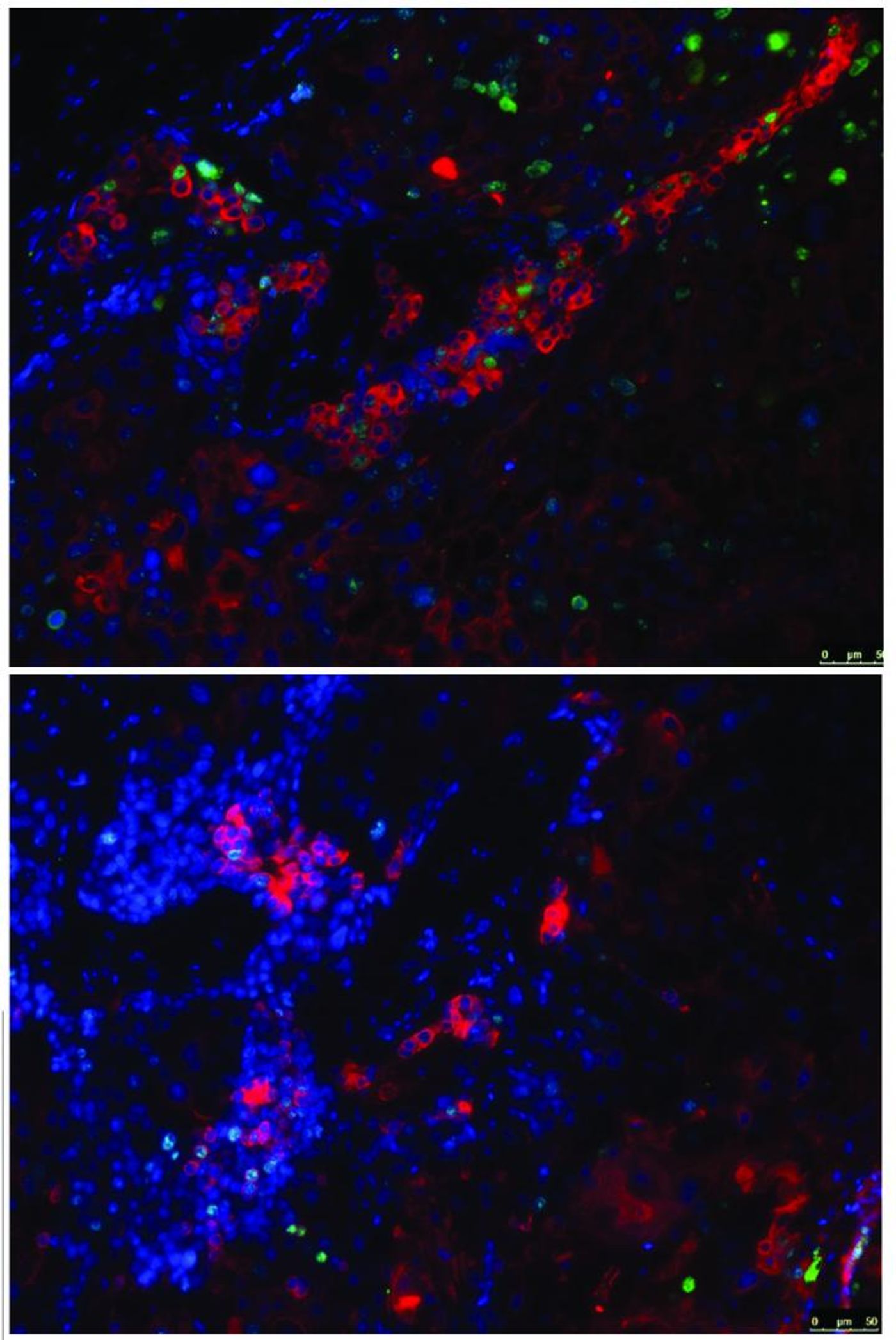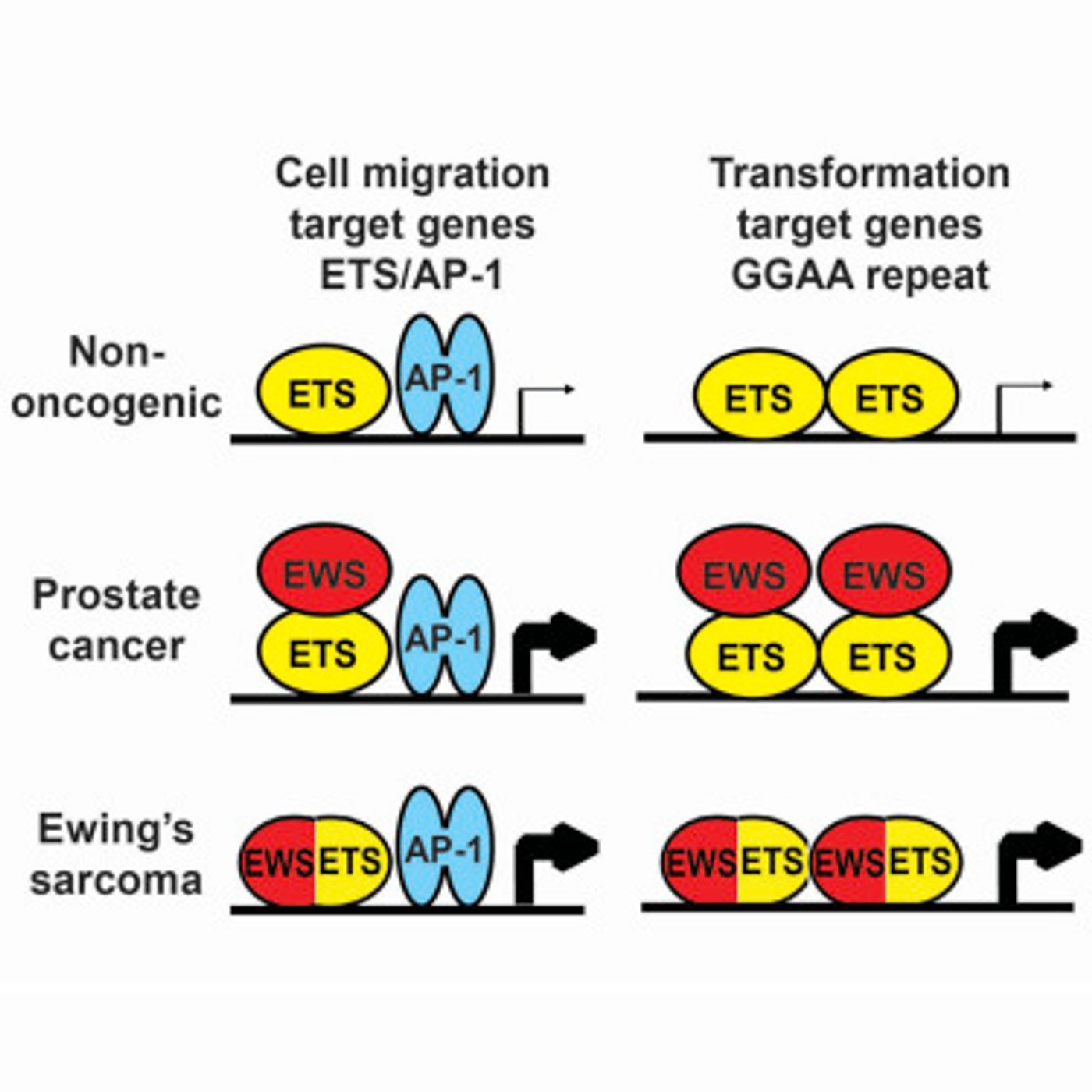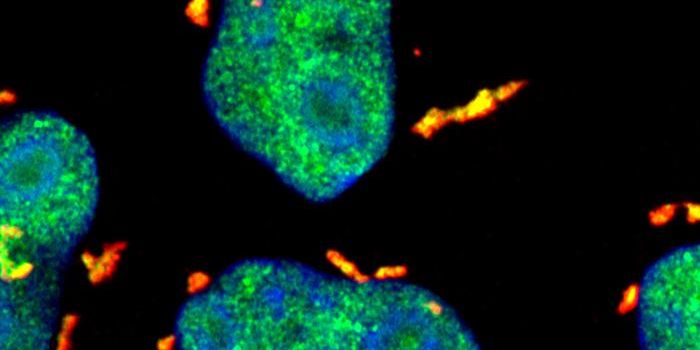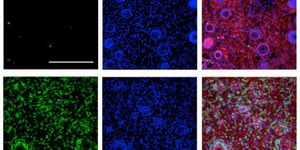Publishing in Cell Reports, researchers have identified a link between the molecular mechanism of Ewing’s sarcoma, a rare type of tumor affecting children and young adults, and prostate cancer. That commonality, a molecular mechanism, may aid in the development of treatments for prostate cancer, a disease that affects millions of older men.
Ewing’s sarcoma is a very serious diagnosis, 44 percent of affected teens from 15 to 19 years old and 30 percent of affected children die from the disease. It is a rare type of soft tissue and bone cancer that impacts one million people aged ten to 19. Prostate cancer affects men 50 and over in 99 percent of cases. There are over 100,000 new diagnoses every year. If you’d like to know more, the video above from Mayo Clinic talks more about the disease.
"This research shows that the molecular mechanism involved in the development of most prostate cancers is very similar to the molecular mechanism known to cause Ewing's sarcoma," explained Peter Hollenhorst, an Associate Professor in the Medical Sciences Program at IU Bloomington, a part of the IU School of Medicine. "It also suggests that this mechanism might be used to explore a common treatment for both diseases, one of which is not often pursued by drug companies due to its rarity."
In this case, the common thread is a problem with rearrangements of portions of genes. In the case of Ewing’s sarcoma, it is a chromosomal rearrangements in which a chimeric or mutant hybrid gene is formed. One of the implicated genes is EWS, the other gene produces an ETS protein.
There are many ETS genes in humans; 28 ETS genes are known and four have been shown to make proteins that cause prostate cancer. The four oncogenes – cancer-causing genes – are ETV1, ETV4, ETV5, which have a role roughly seven percent of prostate cancers, and the ERG gene, implicated in more than 50 percent of all prostate cancers.
In this work, the investigators showed that EWS makes a protein that interacts with all four of the ETS proteins that are known to play a role in prostate cancer. Additionally, the EWS protein interacts exclusively with the cancer-causing ETS proteins and not any of the remaining 24 genes that are uninvolved in prostate cancer. In prostate cells, EWS is necessary, and acts as one activator for the cancer-related functions of ETS.
"A molecular mechanism that sets these four genes apart from the ones that don't trigger cancer has never been identified until now," Hollenhorst commented. "This is significant because it suggests that any compound that disrupts EWS-ETS interaction would specifically inhibit the function of the four oncogenes and not the others, which play important roles in the healthy function of the body."
The new work also indicated that the cancer-causing ETS genes interact with healthy forms of the EWS gene as well. The graphical abstract for the paper is shown above. In Ewing’s sarcoma, EWS has to become mutated for disease to occur. The team utilized mouse and cell culture models to study the interaction of the proteins in cells of the prostate. They were able to induce formation as well as reverse it by manipulating the interaction of the ERG and EWS proteins. That interaction might be a great way to treat prostate cancer.
"Together, the results indicated that the interaction between ERG and EWS is important for tumor formation," said Hollenhorst. "We chose to focus our greatest efforts on the ERG protein since it is responsible for over 50 percent of all prostate cancers, and therefore the potential to benefit the greatest number of people."
There is more information about prostate cancer in the video above, from the National Cancer Institute.
Sources:
AAAS/Eurekalert! via
Indiana University,
Cell Reports



















































